Lavender Guinea
Lavender Guineas are a relatively rare variety, which may have been the results of crossing Pearl Grays with White Africans. The entire plumage is very pale silvery gray with a lavender or lilac tint. They have spotting similar to Pearl Guineas with white dots in the usual manner, which have gray instead of black outer rings.
Their skin is lighter than the skin of Pearl Guineas. Guineas, which are known as keets, are very active and easy to raise. After about 4 weeks of age, they require very little attention and will take care of themselves by hustling for their food. Some of the benefits of having a farm flock of guineas are as follows: very fine “watch dogs“, keep snakes away from the farm and consume grasshoppers, ticks (including those which carry Lyme Disease) and other insects.
Lavender Guinea
Physical Characteristics
-
Appearance: Light gray or lavender feathers with white spots, giving a “pearl” effect.
-
Size: Males weigh approximately 4 lbs (1.8 kg), and females around 3.5 lbs (1.6 kg).
-
Legs and Beak: Light gray to orange.
Behavior and Social Structure
-
Flock Dynamics: Lavender Guinea Fowl are highly social, forming tight-knit groups with a clear hierarchy. The dominant male leads, while females and subordinate males contribute to the group’s cohesion.
-
Vocalizations: Males emit a one-syllable call (“chit”), while females produce a two-syllable sound (“buck-wheat”).
-
Roosting: They prefer to roost in trees, showcasing their natural instincts.
Diet and Foraging
-
Diet: Lavender Guinea Fowl are excellent foragers, consuming insects, seeds, and greens. They benefit from a varied diet and require access to clean water.
-
Pest Control: Their foraging habits make them effective at controlling pests, including ticks, which is beneficial for gardens and farms.
Reproduction
-
Egg Production: They lay approximately 60–100 eggs per season, which are tough and ovoid in shape.
-
Broodiness: While they can go broody, they are not the most reliable mothers. It’s advisable to collect fertile eggs and use incubators or broody hens for hatching.


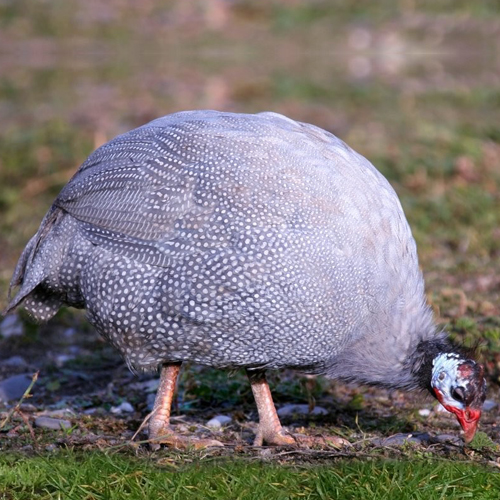
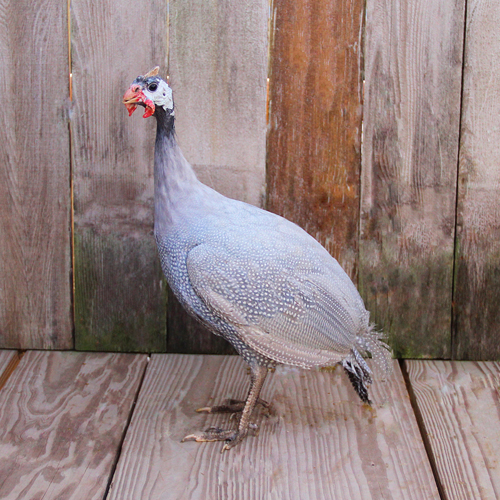
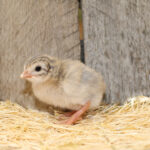
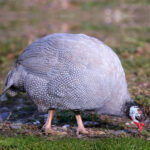


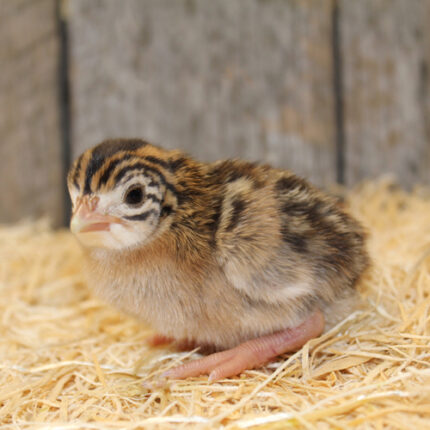



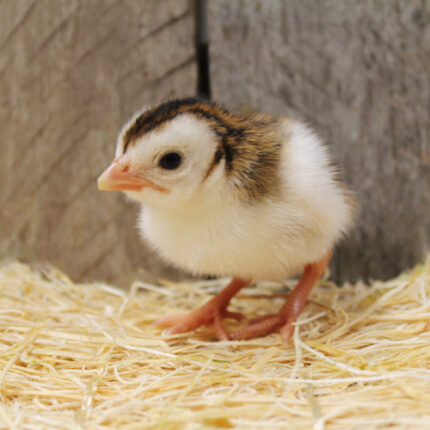
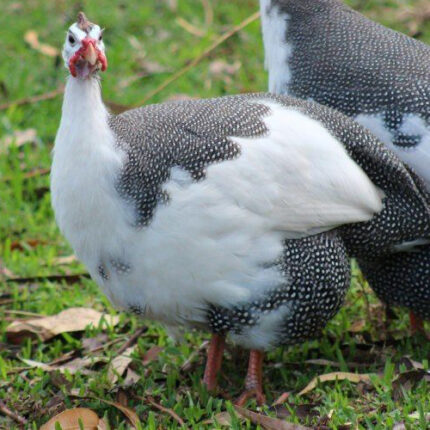
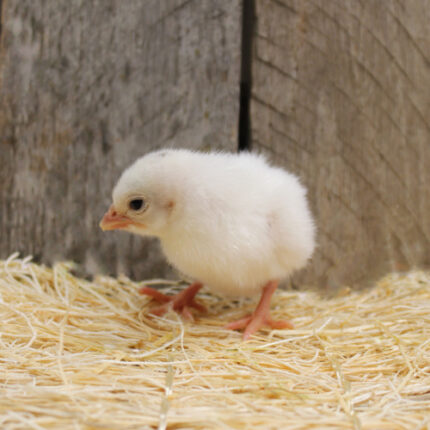
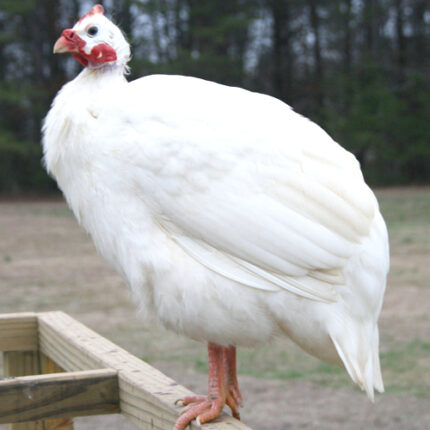
Reviews
There are no reviews yet.